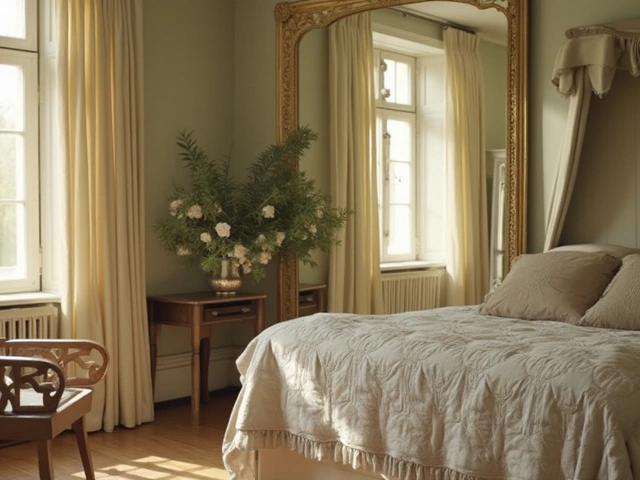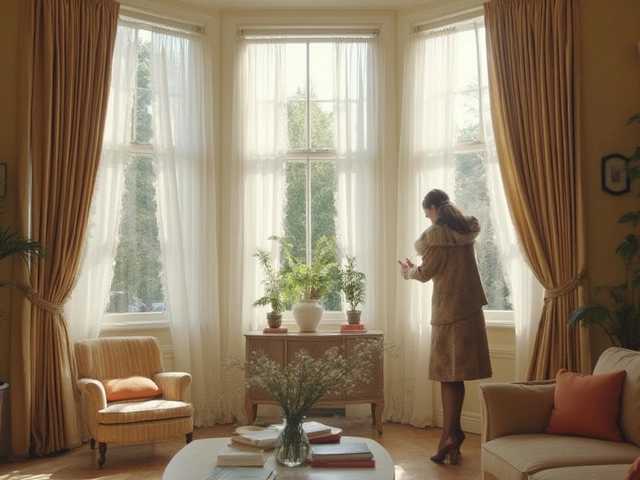Rug Features You Need to Know for Easy Cleaning and Great Style
When you shop for a rug, you don’t just want it to look good – you also want it to stay looking good without a lot of effort. The right features can save you time, money, and frustration. In this guide we’ll break down the most useful rug features, from low‑maintenance materials to stain‑resistant finishes, and give you quick tips on how to keep your floor covering fresh.
Low‑Maintenance Materials
The material a rug is made from determines how much work it will need. Synthetic fibers like polypropylene and polyester are top choices for easy care. They don’t trap dust, dry fast, and can handle a rough vacuum without tearing. These fibers are also resistant to fading, so a bright rug stays bright for years.
If you prefer a natural look, wool is a solid option. Wool is naturally resilient, repels spills, and hides dirt well. It may need a little more attention than synthetic fibers, but a simple shake‑out and occasional vacuum keep it looking sharp. For an ultra‑budget friendly choice, you can also look at flat‑woven jute or sisal – they’re hardy and can be spot‑cleaned with a damp cloth.
Stain Resistance & Pet‑Friendly Options
Stain‑resistant backing is a game‑changer. Many modern rugs come with a latex or polyurethane backing that stops liquid from soaking through. This means a coffee spill can be blotted away before it reaches the fibers, saving you from a permanent mark.
Pet owners should look for rugs labeled “pet‑friendly.” These usually have tighter weaves and tougher fibers that can take scratching and occasional accidents. A low‑pile rug is easier to clean because fur and hair don’t get tangled. Some manufacturers also treat the surface with a stain‑blocking solution, which adds an extra layer of protection.
Even with these features, a few simple habits keep any rug in top shape. Vacuum regularly – at least once a week for high‑traffic areas. Use a gentle setting or a brush‑less head to avoid pulling fibers. For spots, blot (don’t rub) with a clean cloth and a mild detergent. If the rug is washable, follow the care label and use a gentle cycle.
Style doesn’t have to suffer for practicality. Choose a neutral colour if you want a rug that blends with everything and hides minor stains. If you love colour, opt for patterns with multiple hues; they disguise crumbs and pet hair better than solid tones. Consider the room’s purpose – a low‑pile, easy‑clean rug works well in kitchens and entryways, while a plush, soft rug adds comfort to bedrooms or living rooms.
Finally, think about size and placement. A rug that’s too small makes a room feel cramped, while a rug that’s too large can overwhelm the space. Measure your floor, leave a few inches of bare wood or carpet around the edges, and you’ll create a balanced look that also protects high‑traffic zones.
By focusing on these key rug features – low‑maintenance materials, stain‑resistant backing, pet‑friendly durability, and smart style choices – you’ll find a rug that looks great and stays fresh with minimal effort. Happy shopping, and enjoy a beautiful floor that works for you.

Identifying Prayer Rugs: Tips and Tricks
Understanding the distinct features of prayer rugs is important for both cultural appreciation and practical use. These rugs are often smaller than standard rugs, feature specific motifs, and are oriented for religious practices. Recognizing a prayer rug involves looking at unique elements like a mihrab design, specific color patterns, and durability aspects crucial for daily use. This article dives into these identifying traits, providing both context and guidance for those interested in recognizing these special rugs.
Categories
- Storage (27)
- Bathroom (18)
- Sofas (15)
- Curtains (15)
- Home Decor (12)
- Bedding (11)
- Kitchenware (11)
- Cushions (11)
- Mirrors (10)
- Rugs (9)
Popular Articles

Good Budget for a Sofa: What to Spend and Why
May, 2 2025


